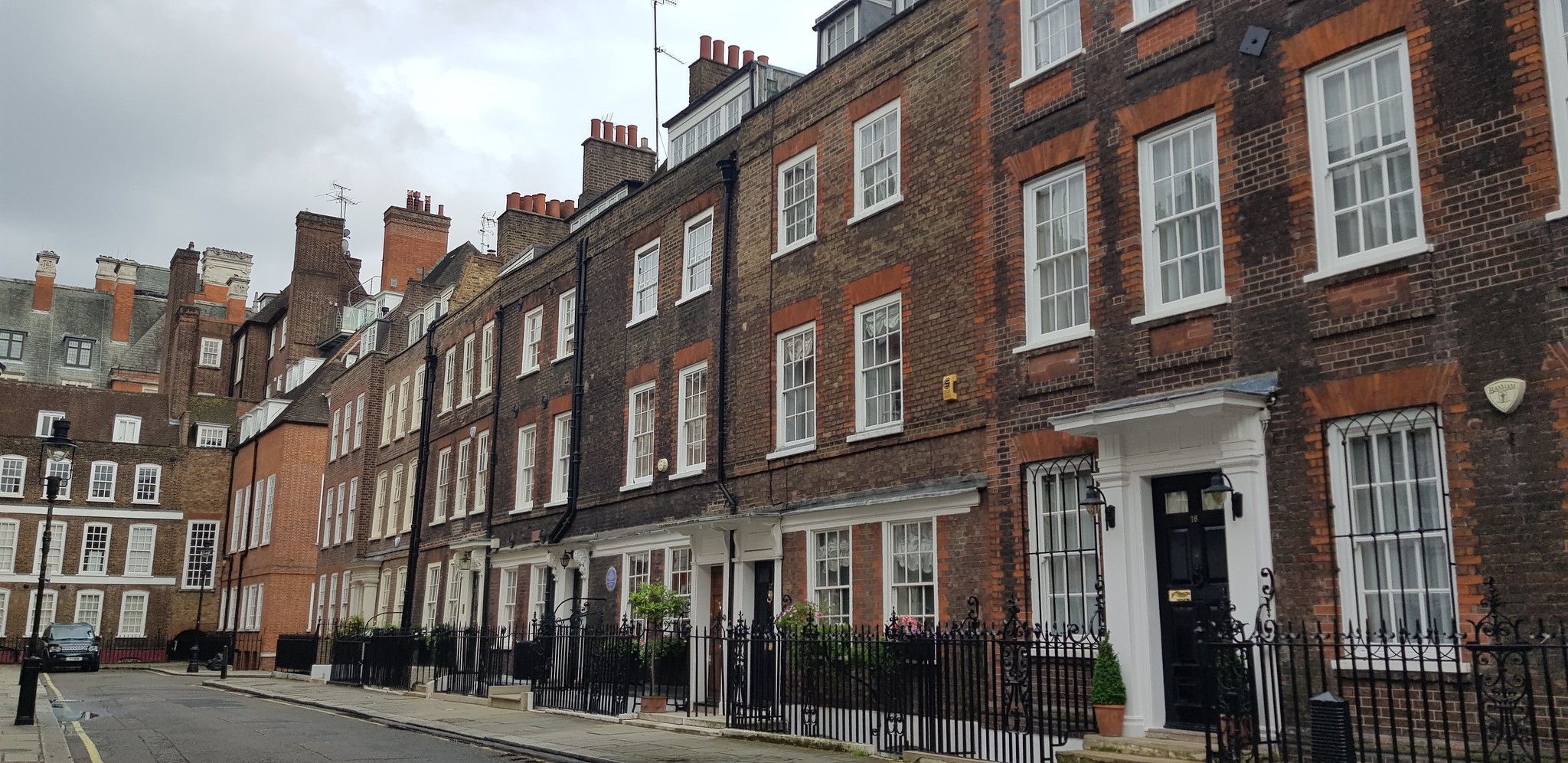
Prime rental growth in London eased to their lowest levels for three years, data from property agent Savills shows.
Top rents across the capital lifted by 0.5% over the third quarter, but annual growth dropped to 1.4% from a year ago, the lowest level since September 2021.
By comparison, prime regional markets saw rents fall by 0.1% in the third quarter, pushing annual growth down to 1.8% by the end of September. This is the lowest rate of growth since June 2020.
Savills associate director, residential research, Jessica Tomlinson says: “Best-in-class stock is still moving quickly, but broadly there is much less urgency in the market.
“This has resulted in some stock sticking and causing price corrections across some parts of the market.
“Rental values in prime central London experienced the most downward pressure over the past three months. Demand in this market is much more international and typically more discretionary than in other parts of the prime rental market.”
The agent says growth in rents for smaller, lower-value flats has remained the most robust, compared to higher-value houses, a reversal of the trend seen over the previous quarter.
Flats in the west of London have performed the strongest – driven by demand for locations such as Chiswick and Ealing.
Regional towns and cities have performed well – including Birmingham, Harpenden and Reading – while there has been a more pronounced dip in suburban markets.
Tomlinson points out: “Cyclical student and professional demand have been the driver in growth for smaller and lower value properties, particularly in popular university towns and cities.
“But the prime market is coming up against affordability barriers after years of significant increases to rental values.”
However, the firm adds: “Despite rental growth slowing, tenant and landlord expectations on price are widening.”
It says while around 75% of agents in London broadly agree that tenants expected rents to fall over the past three months, almost as many, 61%, agree that landlords expected prices to rise.
A gap also remains in the regions, albeit less stark, the firm points out.
Tomlinson says: “Although mortgage rates have started to ease, landlords continue to face an upward battle with potential changes to capital gains tax and more stringent energy performance certificate criteria incoming from the new government.
“Some remain reluctant to ease rents despite weakening demand in some markets.”
Tomlinson adds: “As a result, it’s taking longer for deals to be agreed. Realistic pricing will become increasingly more important for the remainder of the year when demand is typically at its lowest, and tenants have the most choice.”
Capital gains tax is touted as one of the levies set to rise in Chancellor Rachel Reeve’s 30 October Budget as the government attempts to fill a £22bn black hole in the public finances it says was left by the previous administration.
All rented homes will have to meet an energy performance certificate rating of C by the end of the decade, the government proposed last month.
This may collectively cost landlords up to £21.5bn, according to rental firm Zero Deposit.
The previous administration had scrapped these targets in September last year, citing cost-of-living pressures.



